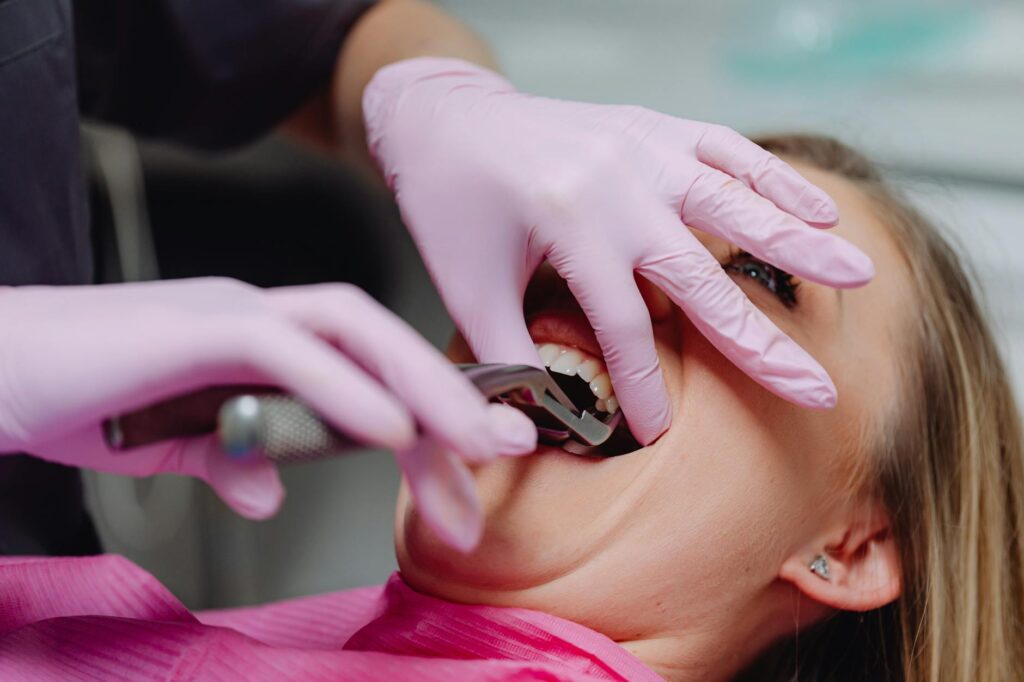Introduction
Access to oral surgery remains a significant challenge for many underserved populations. High costs, geographic limitations, and a lack of awareness contribute to disparities in oral health outcomes. Says Dr. Joel Berley, addressing this complex issue requires innovative approaches that move beyond traditional healthcare models. One promising strategy involves forging strong collaborations between oral surgery practices and non-profit organizations dedicated to improving community health. This partnership model leverages the unique strengths of both sectors, creating a synergistic effect that significantly expands access to crucial oral surgical care. By combining the clinical expertise of oral surgeons with the community reach and resources of nonprofits, a more equitable and accessible system can be built.
Understanding the Needs of Underserved Communities
Many individuals in underserved communities face substantial barriers to accessing oral surgery. Financial constraints are often the most significant hurdle, with the cost of procedures and associated treatments exceeding the means of many families. Furthermore, geographical limitations play a crucial role, as many individuals reside in areas lacking sufficient access to qualified oral surgeons. This scarcity is further compounded by a lack of awareness surrounding preventative oral healthcare and the importance of timely intervention for oral health problems. Understanding these complex societal and economic factors is crucial for designing effective collaborative models. These factors must be considered during the planning and execution of partnerships to ensure programs meet the specific needs of the target community.
Without a targeted strategy that considers the root causes of unequal access, collaborative efforts risk remaining ineffective. Identifying the specific needs of the community, through careful needs assessments and consultations with local leaders, is crucial for designing programs that meet the unique challenges faced. For example, programs might need to offer financial assistance, transportation services, or multilingual communication support. Effective partnerships go beyond simply providing the service; they must ensure the service is accessible and culturally appropriate.
Leveraging Non-profit Expertise and Resources
Non-profit organizations possess invaluable expertise and resources that can significantly enhance the effectiveness of oral surgery access initiatives. They often possess established networks within the community, enabling efficient patient outreach and recruitment. Their understanding of local demographics, cultural nuances, and social determinants of health allows for the development of targeted and culturally sensitive programs. Moreover, many nonprofits have experience navigating complex regulatory frameworks and securing funding from various sources. This capacity is essential for the sustainability and scalability of collaborative initiatives. This combined expertise enables a more comprehensive and sustainable approach to addressing oral health disparities.
These non-profits often have established relationships with community leaders, healthcare providers, and local authorities. This preexisting infrastructure can significantly streamline the process of establishing and running outreach programs. Moreover, nonprofits are frequently skilled in fundraising, grant writing, and community engagement, crucial elements for securing long-term funding and ensuring community buy-in. By leveraging these strengths, collaborative efforts can achieve greater impact and reach a wider range of individuals.
Defining Roles and Responsibilities within the Partnership
Clear delineation of roles and responsibilities is paramount to the success of any collaborative endeavor. Oral surgeons bring their clinical expertise, providing direct patient care and overseeing surgical procedures. Nonprofits, on the other hand, manage patient outreach, screening, scheduling, and often provide crucial support services such as transportation, financial assistance, and translation. Establishing clear communication channels and shared decision-making processes is crucial for effective collaboration. Regular meetings and transparent reporting mechanisms will ensure both partners are aligned with the goals of the initiative. A well-defined framework ensures smooth operation and shared accountability.
This shared responsibility extends beyond the operational aspects to include shared decision making regarding program development and evaluation. Both partners should have input into strategic planning, determining program goals, and identifying key performance indicators. This shared governance ensures both perspectives are considered and maximizes the potential for success. Regular feedback loops and open communication channels enable continuous improvement and adaptation to changing needs.
Developing Sustainable Models for Long-Term Impact
Creating sustainable models for expanding oral surgery access requires a long-term perspective. This necessitates the development of robust funding strategies that extend beyond initial grants and ensure the continuation of services. It also requires building capacity within the community, training local healthcare professionals, and empowering individuals to take ownership of their oral health. Investing in preventative care and educational initiatives is crucial for achieving long-term positive impact, reducing the need for extensive surgical interventions in the future. Sustainability is key to long-term success.
To create a sustainable program, the collaborative model must carefully consider funding sources beyond short-term grants. Exploring avenues such as private donations, corporate sponsorships, and government funding is crucial. Additionally, program evaluation and data collection are essential for demonstrating impact and attracting continued funding. Sustainability also necessitates the development of a robust operational structure that can adapt to changing needs and circumstances.
Conclusion
Collaborative models that bring together the expertise of oral surgeons and the community-based resources of nonprofits are essential for tackling the challenge of expanding access to oral surgery. By understanding the needs of underserved communities, leveraging the strengths of both partners, defining roles clearly, and developing sustainable models, these collaborations can create a significant and lasting impact. Ultimately, these partnerships represent a crucial step towards creating a more equitable and accessible oral healthcare system. Investing in these collaborative models is not merely about providing services; it’s about empowering communities and building a healthier future for all.

